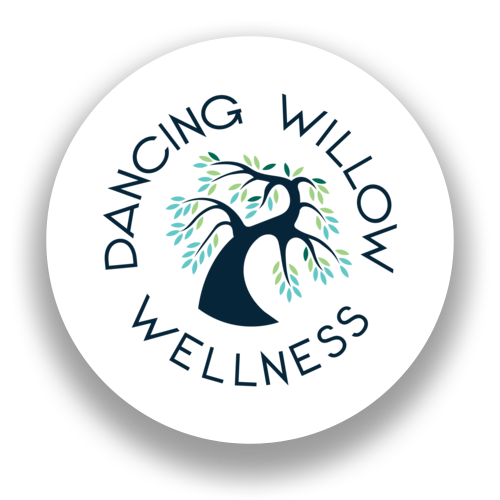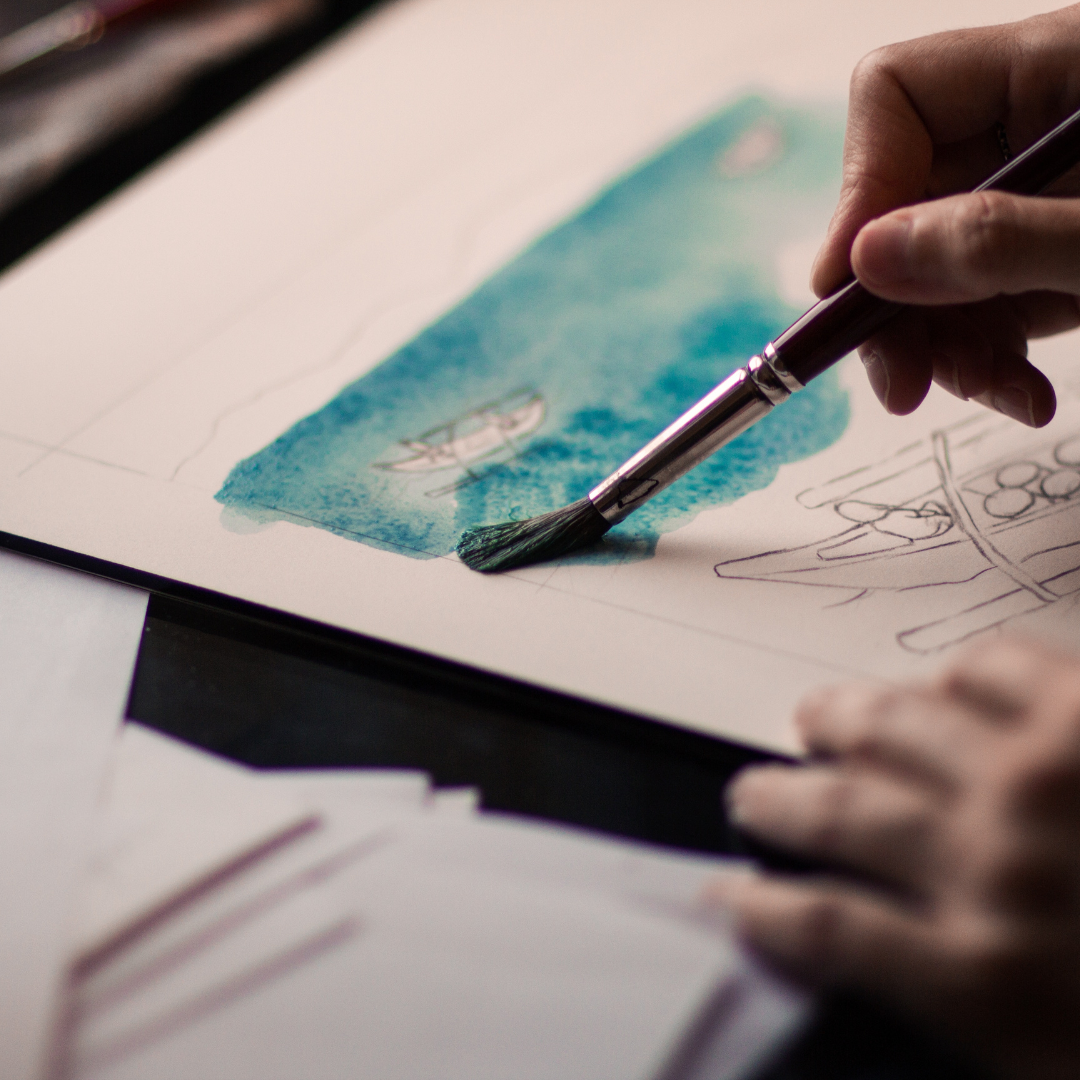Rest is a Verb!
When you think of the word rest, what comes to mind first? Is it sitting after the end of a work day? Is it sleep? Is it binge watching your favourite show on tv? Something else? The word rest when used as a noun, is defined as “a bodily state characterized by minimal function and metabolic activities”. Rest is also defined as “freedom from activity or labour”.
Society tells us that we’re not worthy of rest until we’ve “earned it”. Hustle culture further reinforces this by saying that everyone should be an entrepreneur, have a “side hustle” or some other BS. Toxic productivity tells us that we should be able to fit in everything we’ve ever wanted to do, as long as we’re focused and productive.
Healthy productivity teaches us how to use our time well to accomplish our goals in the limited time we have. We also don’t have to earn rest. We are worthy of living in a rested state all the time!
Rest as a verb is so much more. It’s defined as “ceasing work in order to relax, refresh oneself or recover strength.” An active space of rest is more about creating space, without guilt or shame, to refill ourselves. This can also be considered filling your cup or putting your own oxygen mask on first.
Saundra Dalton-Smith is a physician in the US who identified the 7 Types of Rest when she was struggling with burnout. Like many others, Saundra turned to getting more sleep when she was first dealing with burnout thinking that would help. Unsurprisingly, it didn’t. The reason for this is because rest and sleep have become synonymous in our culture when they are very different. Sleep is merely one small part of rest.
You don’t have to be struggling with burnout to benefit from the 7 Types of Rest. In fact, honouring that you need rest in all seven areas will help you to avoid burnout. It will also help you to have more energy to do the things you really want to do.
7 Types of Rest
Physical Rest:
Active physical rest is about moving your body to help renew and rejuvenate your body. This might include stretching, gentle movement, yoga, tai chi, qi gong, walking, massage, acupuncture, physiotherapy or something else that helps to alleviate the aches and pains you might be experiencing.
Passive physical rest includes sleeping, sitting still, napping - essentially anything that doesn’t require movement.
Mental Rest:
Active mental rest is about allowing your mind a space to stop moving at speed and enter a space of calm and rest. This might include meditation, doing a brain dump to help alleviate overthinking, keeping a notepad by your bed to write down any thoughts that wake you up or using your senses to help bring you into the present moment (name one thing you can see, hear, smell, feel and taste). This may also be accompanied by using the Pomodoro technique to allow your mind to enter into periods of focused work and then move into a space of relaxation easier. This can also include drinking water as dehydration can negatively impact our cognitive abilities.
A note on meditation - there’s no “one right way” to meditate. This is about finding what works best for you in the moment and that may change day to day or season to season. Meditation can be seated and still or it can be a moving meditation through dance, folding the laundry or doing the dishes. Meditation is being present in the moment and becoming the observer. Think of it like watching clouds float past in the sky - each thought is a cloud. You don’t have to interact with it. You can simply watch. Three minutes a day of meditation (in any form) can be extremely beneficial.
Passive mental rest may include interrupting patterns of overthinking and rehashing old conversations by asking yourself if there’s anything you can do about what you’re thinking about. Likely the answer is no, if this is the case, let it go. If the answer is yes, then ask yourself if there’s anything you can do about it right now. Likely the answer is no. If that’s the case, write it down and schedule a time to handle it. If the answer is yes (very unlikely), then go do it. Passive mental rest can also include cleaning up your workspace or house. Visual clutter can increase the need for mental rest
Social Rest:
Active social rest is about choosing to spend time with those who support you, cheer you on and help to fill you up. These are the people that help you to feel more energized after you spend time with them. This might look like a small group of people, perhaps only one other person or a large group of people - it depends on what fills you up.
Passive social rest might look like time alone or turning off social media and unplugging from actively engaging with other people in person or virtually.
Creative Rest:
Active creative rest can be making time to create anything. This could be anything from painting, drawing, sewing, cross stitch/needlepoint, knitting, crocheting, quilting, origami, colouring, scrapbooking, baking, cooking, photography, woodworking, music, dancing, learning a new hobby, and so much more. It doesn’t have to be perfect or something you love - you’re simply creating.
Passive creative rest would be about getting out and experiencing the beauty of nature, going to museums or galleries, spending time in spaces that inspire you and help you to come up with new ideas. This can also be enjoying plays, movies, music or any other form of art. This is an opportunity to reawaken awe and wonder.
Sensory Rest:
Active sensory rest is about using your senses to help to create a restful space. This may include listening to binaural beats or healing sounds (528hz music), diffusing essential oils to help to create a calm space, a focused space or any other state you might want, using a kinesthetic reset like taking a shower and feeling the water on your skin. A kinesthetic reset might also be taking a bath that would act as passive physical rest too.
Passive sensory rest could look like turning off all the devices that make sound around or finding a quiet place to be in for a few minutes. Oftentimes, we don’t realize how much sound we’re bombarded with throughout our day until it’s turned off and the absence of that sound is present. It also might look like dimming overhead lights or turning off overhead lights and using lamps instead.
Emotional Rest:
Active emotional rest often doesn’t look like rest, but comes in the form of no longer saying ‘yes’ to obligations when you’d really rather say ‘no’. This may show up as creating boundaries that might look like no longer people pleasing (saying the things you know they want to hear instead of being honest) or no longer spending hours being someone else’s emotional buffer (spending time listening to someone complain about their life without actually changing anything).
Active emotional rest is also shifting from being a human-doing to a human-being. Choosing to spend time with people that you can be authentically honest with and know that they accept you as you are. Taking time to smile at yourself when you pass a mirror and choosing to show yourself compassion and kindness when you know you’re trying your best.
Passive emotional rest could look like choosing time away from all the things demanding your time and energy. This might also look like creating a list of the things that are no longer working for you and scheduling a time to start making changes.
Spiritual Rest:
Active spiritual rest might be connecting with a sense of purpose and meaning that’s larger than yourself. This might be through volunteering, your faith, getting out in nature - anything that helps you to connect to a sense of purpose, belonging, love and acceptance.
Passive spiritual rest might be reading, meditation or something else that allows you to connect to something greater than yourself.
If you want to learn a little more about the 7 Types of Rest, you can watch Saundra’s TEDx Talk.
How Much Rest is Enough
Choosing rest and choosing to fill your cup first is something that’s being talked about more and more. Choosing self-care and choosing to put your own oxygen mask on first is critical to your health and well-being. Saundra created a quiz to help identify when you might benefit from more rest. Please note that if you choose to complete the rest quiz and aren’t religious, please don’t dismiss the questions referencing God, rather consider them from the perspective of your own beliefs. Perhaps that’s nature, the universe, something larger than yourself, a higher version of yourself or someone else entirely. Regardless of your personal beliefs, please answer all the questions so that you can get a complete picture of where you would benefit from additional rest.
Getting Started
Know that I’m here cheering you on any time you start something new or change something in your life to help you support and improve your health and well-being!
As with all things, start small! Small changes are always more sustainable and don’t create the same amount of resistance when we’re exhausted. Large, sweeping changes occasionally last but more often than not end up the way of New Years resolutions and are forgotten by February. If you only choose one thing, please choose the area you need the most rest and add in one small thing to help in that area and then build from there.
You can also try using habit stacking to combine rest in multiple areas at the same time. This might look like taking time for a three minute meditation (active mental rest) in a silent room (passive sensory rest) or with music that helps to support healing (active sensory rest) while you’re falling asleep (passive physical rest). Know that there’s no wrong answer. Find what works for you in your life.
How are you going to begin to fill your cup? Which areas are you going to focus on first? If you need support in getting ideas on how to start, coming up with ideas that work for you, implementing various types of rest or anything else, please book a free 20 minute consultation. This may be all you need to get started!
Andrea








